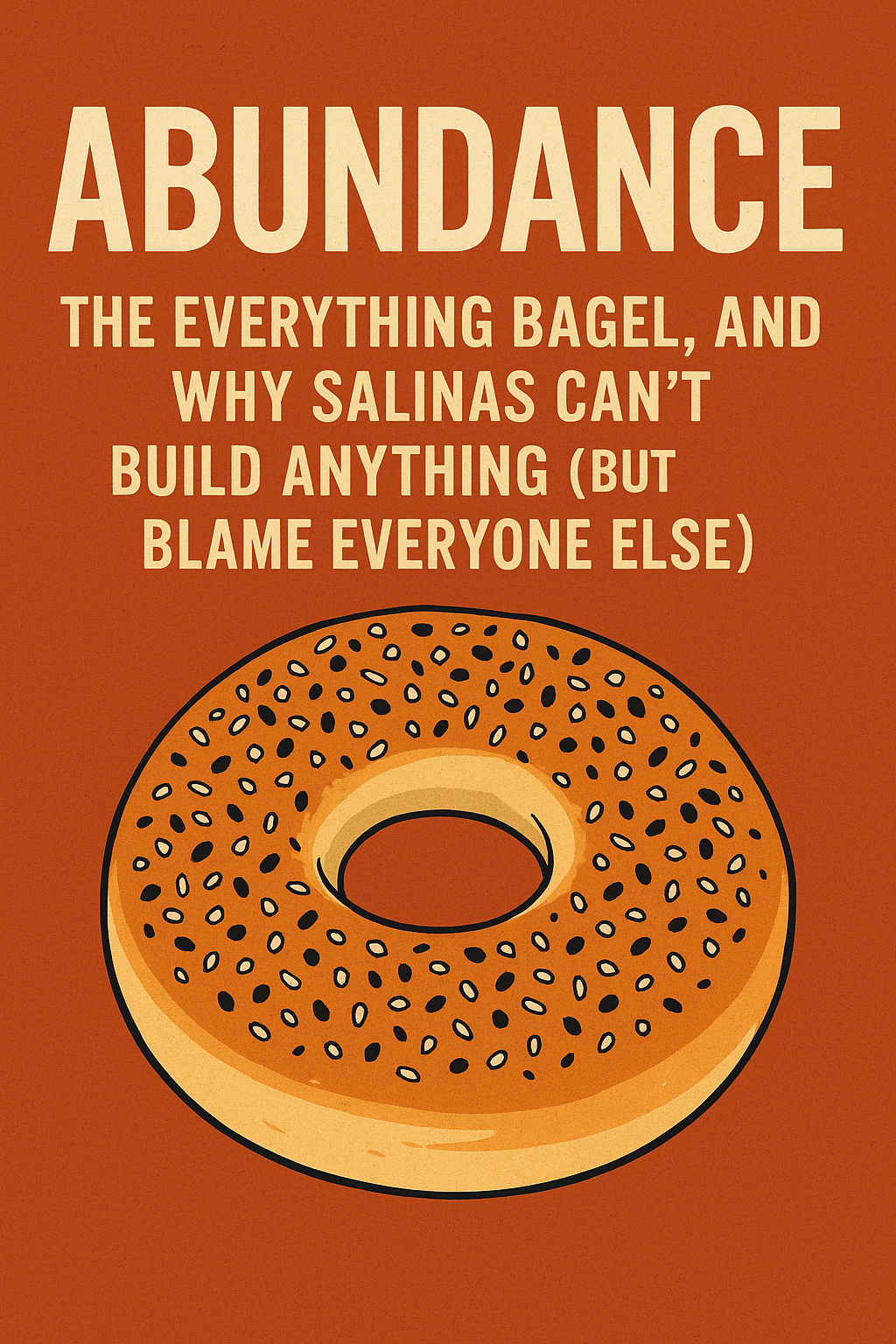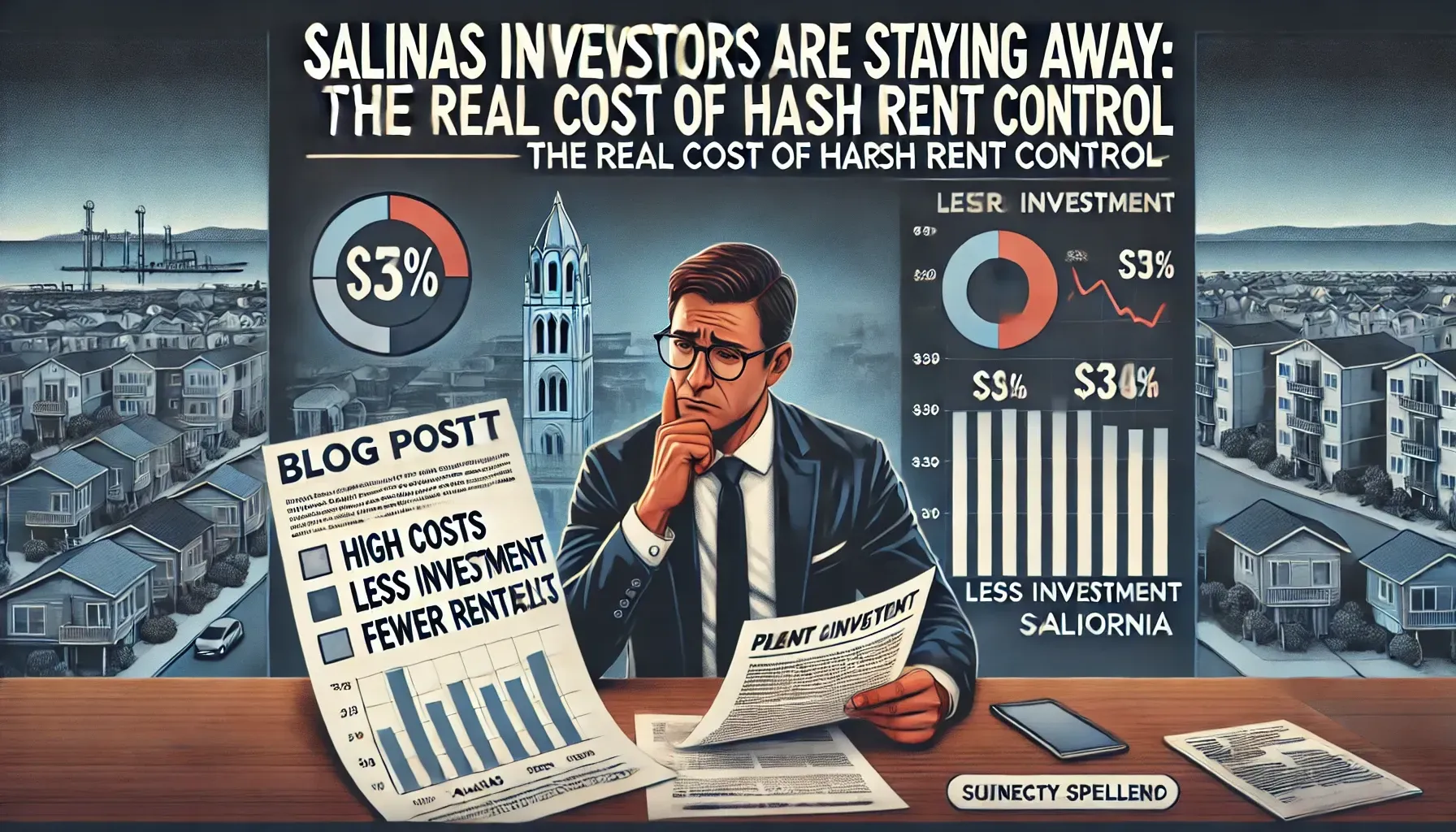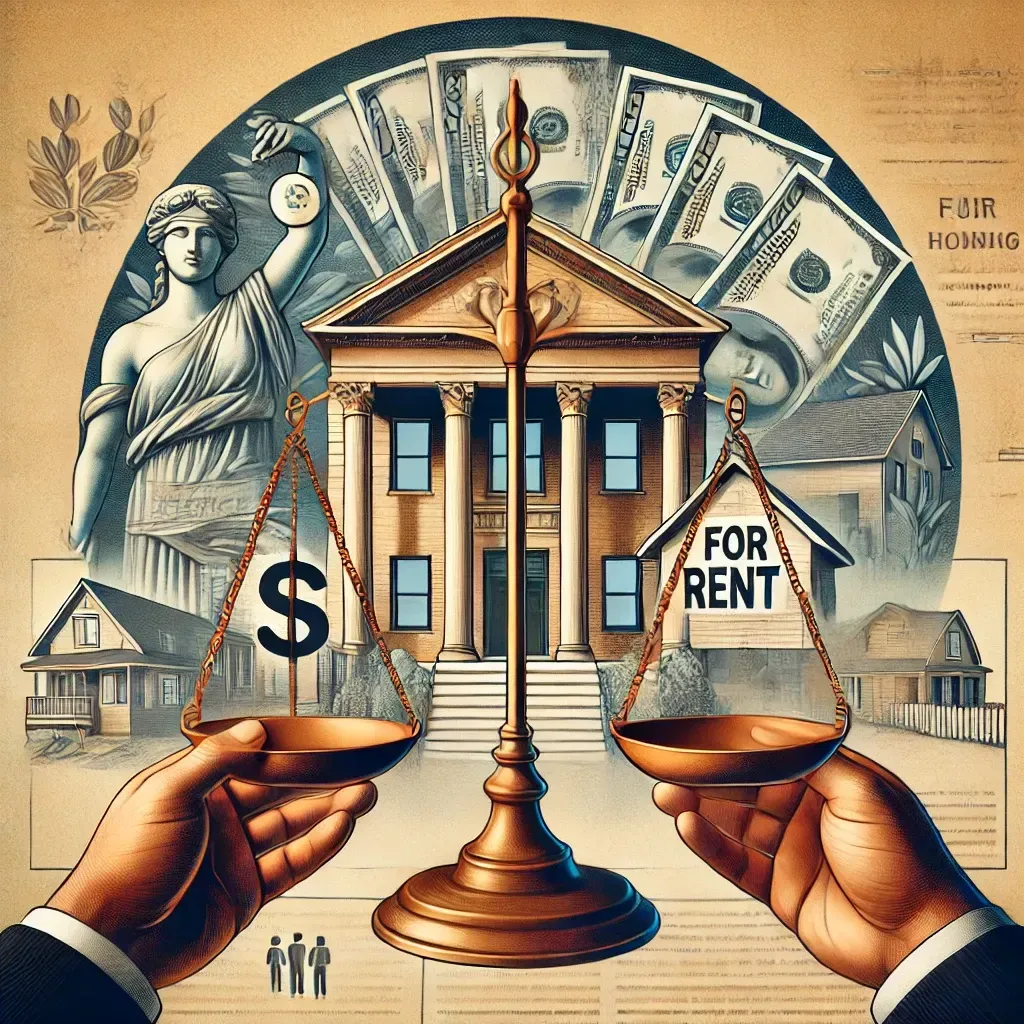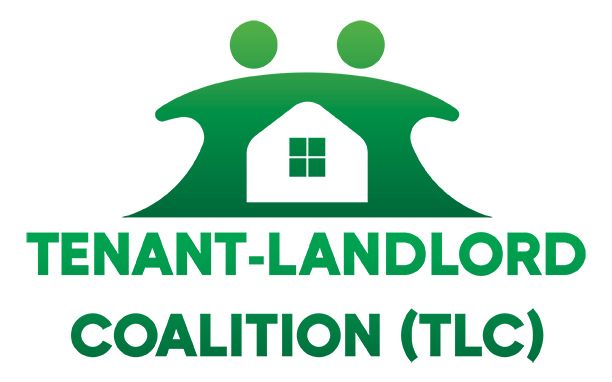The Unintended Consequences of Rent Control: A Policy That Hurts Those It Aims to Help
The Unintended Consequences of Rent Control: A Policy That Hurts Those It Aims to Help
Rent control is often proposed as a solution to high housing costs, with proponents arguing that it protects tenants from sudden rent increases and displacement. However, as economic research has repeatedly shown, the long-term effects of rent control can be deeply damaging—not only to landlords but also to the very tenants these policies are meant to help. The article Rent Control from the Library of Economics and Liberty provides a comprehensive overview of why rent control fails and the broader economic consequences of such policies.
How Rent Control Distorts the Market
Economists across the ideological spectrum agree: price controls lead to shortages. When the government caps rental prices, it disrupts the natural balance of supply and demand. Landlords, unable to charge market rates, often respond by reducing maintenance and investment in their properties, leading to a decline in housing quality over time. Meanwhile, developers are discouraged from building new rental units, exacerbating housing shortages.
As the article notes, a study of New York’s rent control policies found that the artificial suppression of rents resulted in “housing deterioration and a decline in the quantity and quality of available rental units.” The same pattern has been observed in cities around the world, from Stockholm to San Francisco.
Who Really Benefits from Rent Control?
While rent control may provide short-term relief to current tenants, it disproportionately benefits those who are lucky enough to secure a controlled unit, often at the expense of newcomers and lower-income individuals. Long-term tenants who stay in rent-controlled units enjoy below-market rates, but younger generations, new residents, and those searching for affordable housing find fewer available options. In cities with strict rent control, landlords are incentivized to keep units off the market or convert them into condominiums, further limiting rental housing availability.
The article highlights research showing that rent-controlled units tend to be occupied by higher-income individuals who could afford market rates, while those in need of affordable housing are locked out of the market entirely. This creates an inefficient allocation of housing, where those with means enjoy the benefits of rent control while those most in need are left struggling to find a home.
Economic Studies Confirm the Harms of Rent Control
Numerous studies support the conclusion that rent control leads to housing market distortions. The 2018 Stanford study on San Francisco’s rent control policy found that while existing tenants benefited, landlords removed 15% of the rental housing stock by converting units into condominiums or other forms of housing. The result? An overall increase in rental prices due to the reduced supply.
Additionally, a 1992 study published in the Journal of Urban Economics found that rent control in New York City led to a 20% reduction in the number of available rental units, worsening affordability in the long run.
The Alternative: Policies That Encourage Housing Supply
Instead of rent control, policymakers should focus on solutions that increase the supply of housing. Streamlining development regulations, reducing permitting costs, and incentivizing construction are more effective ways to address affordability concerns. Programs that provide direct subsidies to low-income renters—such as housing vouchers—offer targeted assistance without distorting the housing market.
Conclusion: Learning from Economic Reality
While rent control is often politically popular, it ultimately undermines the goal of affordable housing by discouraging investment, reducing housing supply, and creating economic inefficiencies. As the Library of Economics and Liberty article makes clear, the economic consensus is overwhelming: rent control does more harm than good.
For tenant advocacy groups and policymakers genuinely committed to addressing housing affordability, the focus should be on increasing the housing supply rather than imposing market-distorting regulations. If we want real, sustainable solutions for renters, we must look beyond feel-good policies and embrace economic reality.
References:
- Block, Walter. Rent Control. The Library of Economics and Liberty. https://www.econlib.org/library/Enc/RentControl.html
- Diamond, Rebecca, Tim McQuade, and Franklin Qian. The Effects of Rent Control Expansion on Tenants, Landlords, and Inequality: Evidence from San Francisco. Stanford University, 2018.
- Gyourko, Joseph, and Peter Linneman. Rent Control and Rental Housing Quality: A Note on the Effects of New York City's Old Controls. Journal of Urban Economics, 1992.











